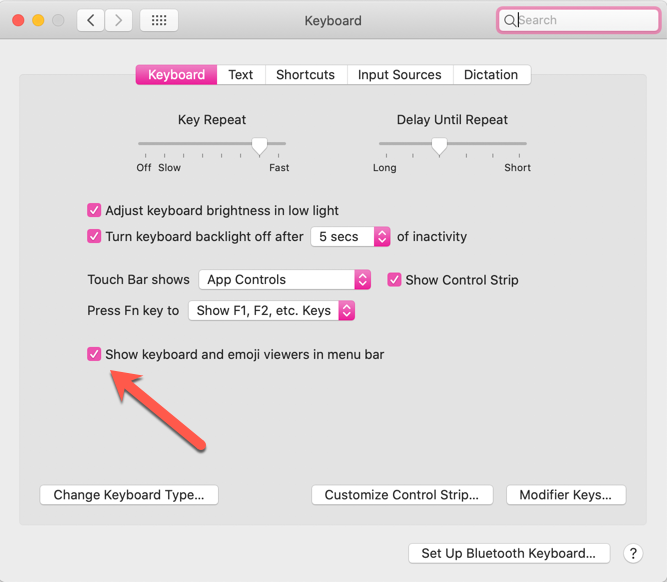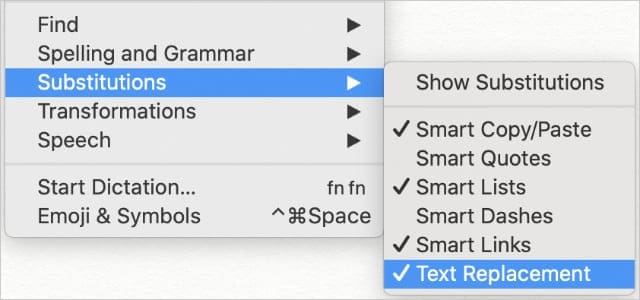

Now, here's a look at a typical HTML file: To do that, we'll utilize a basic HTML template that includes everything we mentioned in the File structure. A brief explanation of each option follows: Scan. This will open the 'Convert to Fixed Columns' dialog where you can set options for the conversion.


Look in the 'Column / block' group towards the middle of the ribbon and click on the CSV Convert drop down, then select Convert to fixed-width. With a brief intro into the contents out of the way, we can focus on putting Bootstrap to use. With the CSV file active, click on the Edit tab.
#GETTING DOUBLE QUOTES FOR RADI BUTTON TEXT EDIT HTML MAC HOW TO#
Until then, look for each of these in the documentation for information on how to utilize and customize them. In future guides, we may walk through these components individually in more detail. Together, the Components and JavaScript plugins sections provide the following interface elements: Similar to Components, these JavaScript plugins are interactive components for things like tooltips, popovers, modals, and more. Componentsīasic styles for common interface components like tabs and pills, navbar, alerts, page headers, and more. Also includes Glyphicons, a great little icon set. Styles for common HTML elements like typography, code, tables, forms, and buttons. Global styles for the body to reset type and background, link styles, grid system, and two simple layouts. Bootstrap comes equipped with HTML, CSS, and JS for all sorts of things, but they can be summarized with a handful of categories visible at the top of the Bootstrap documentation.


 0 kommentar(er)
0 kommentar(er)
